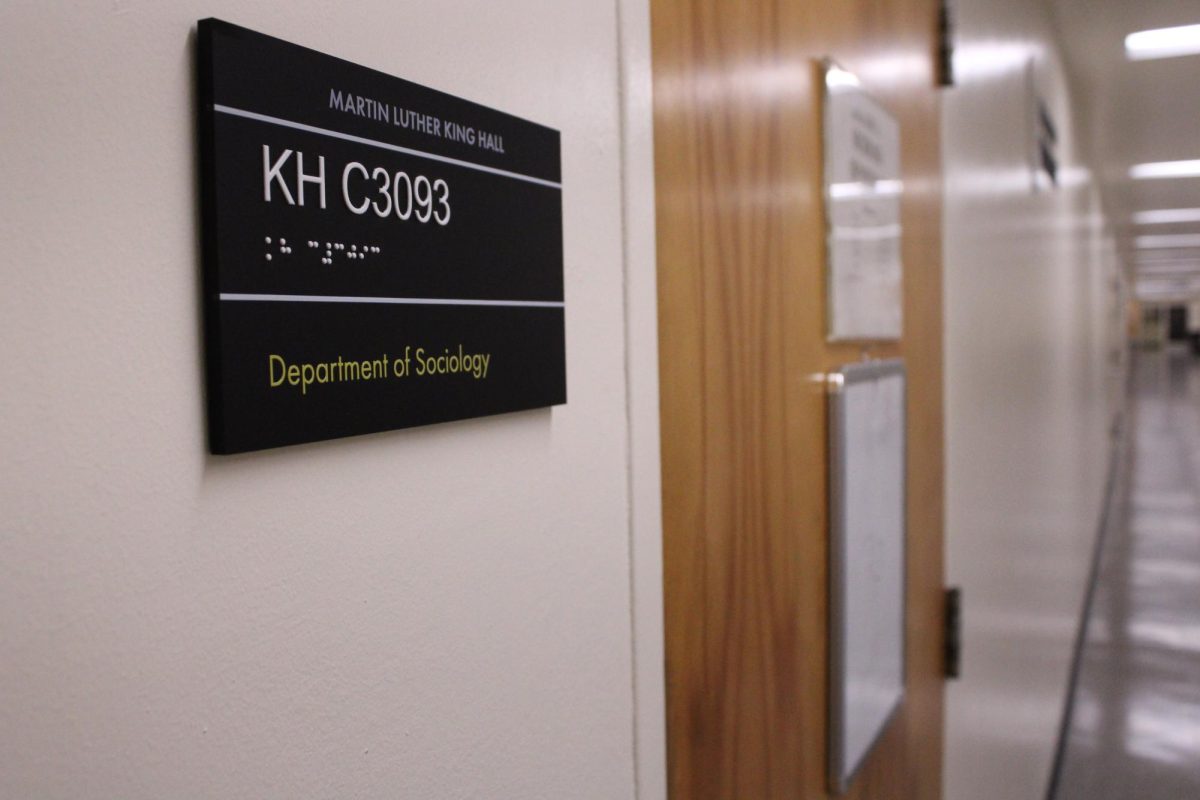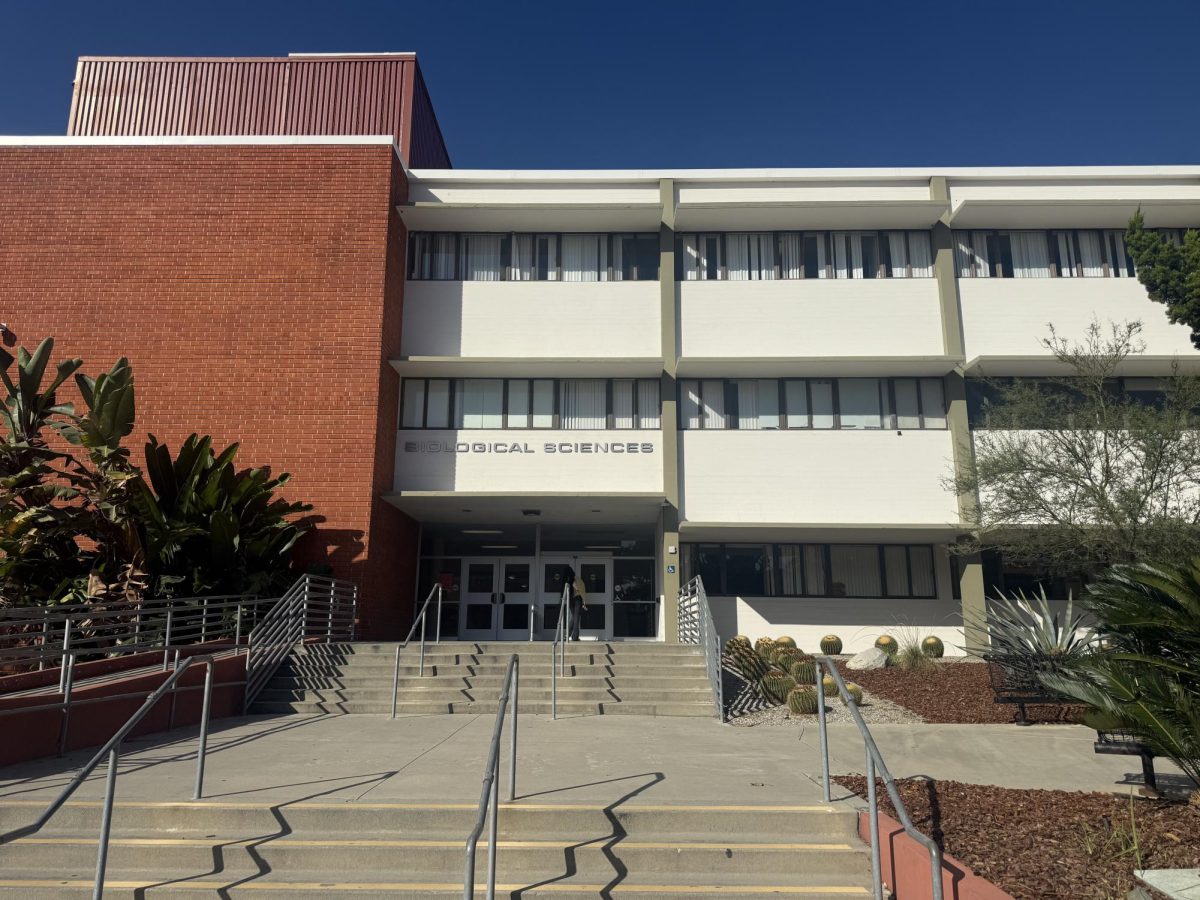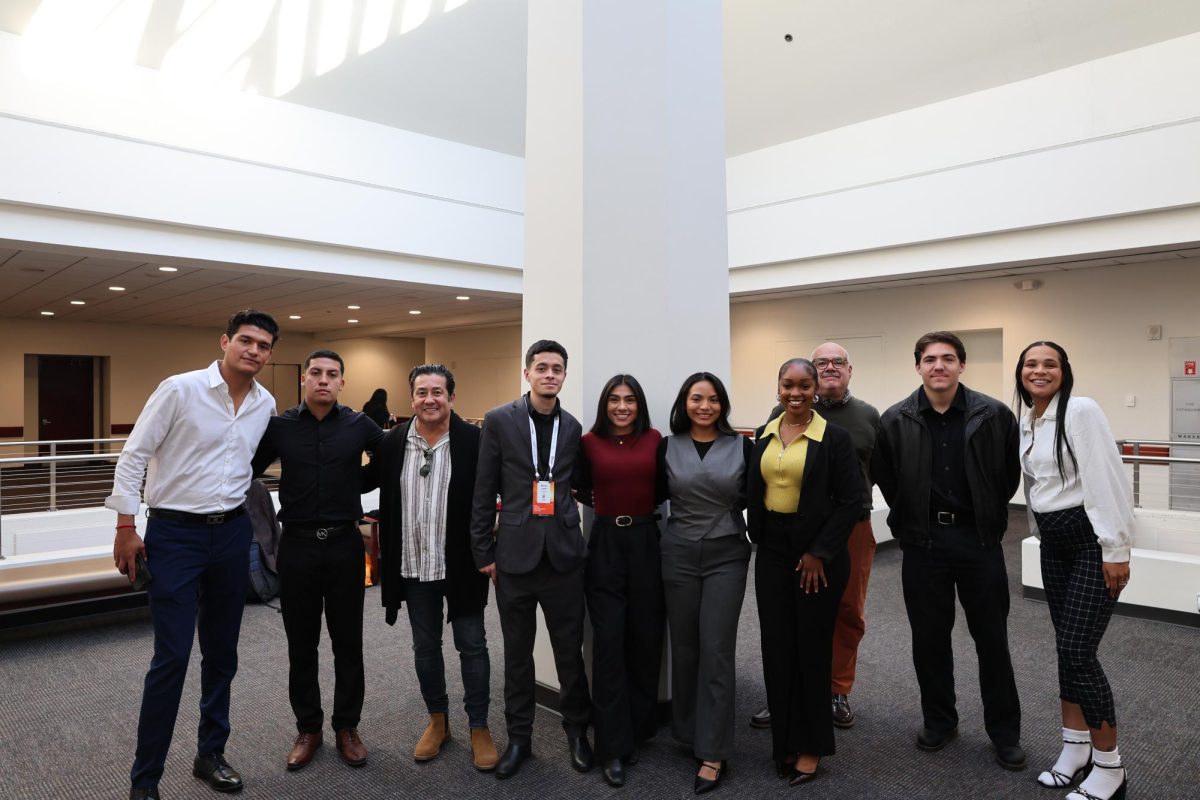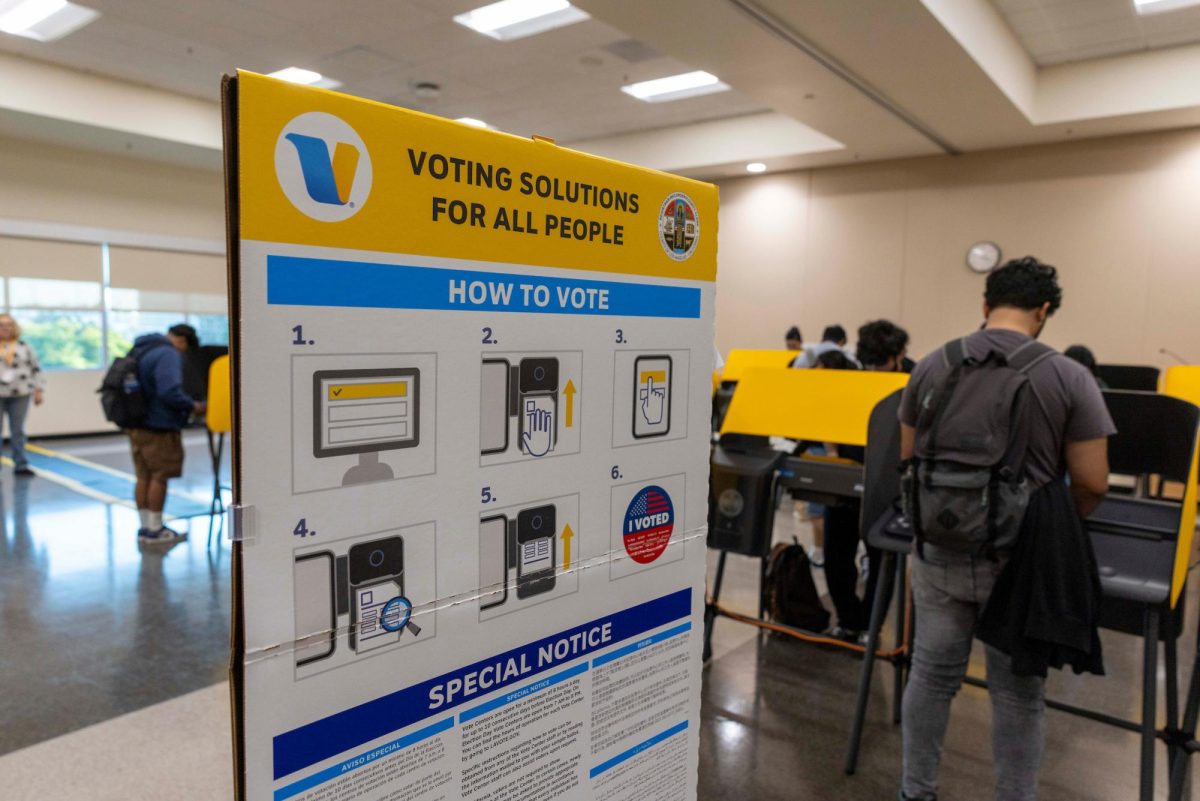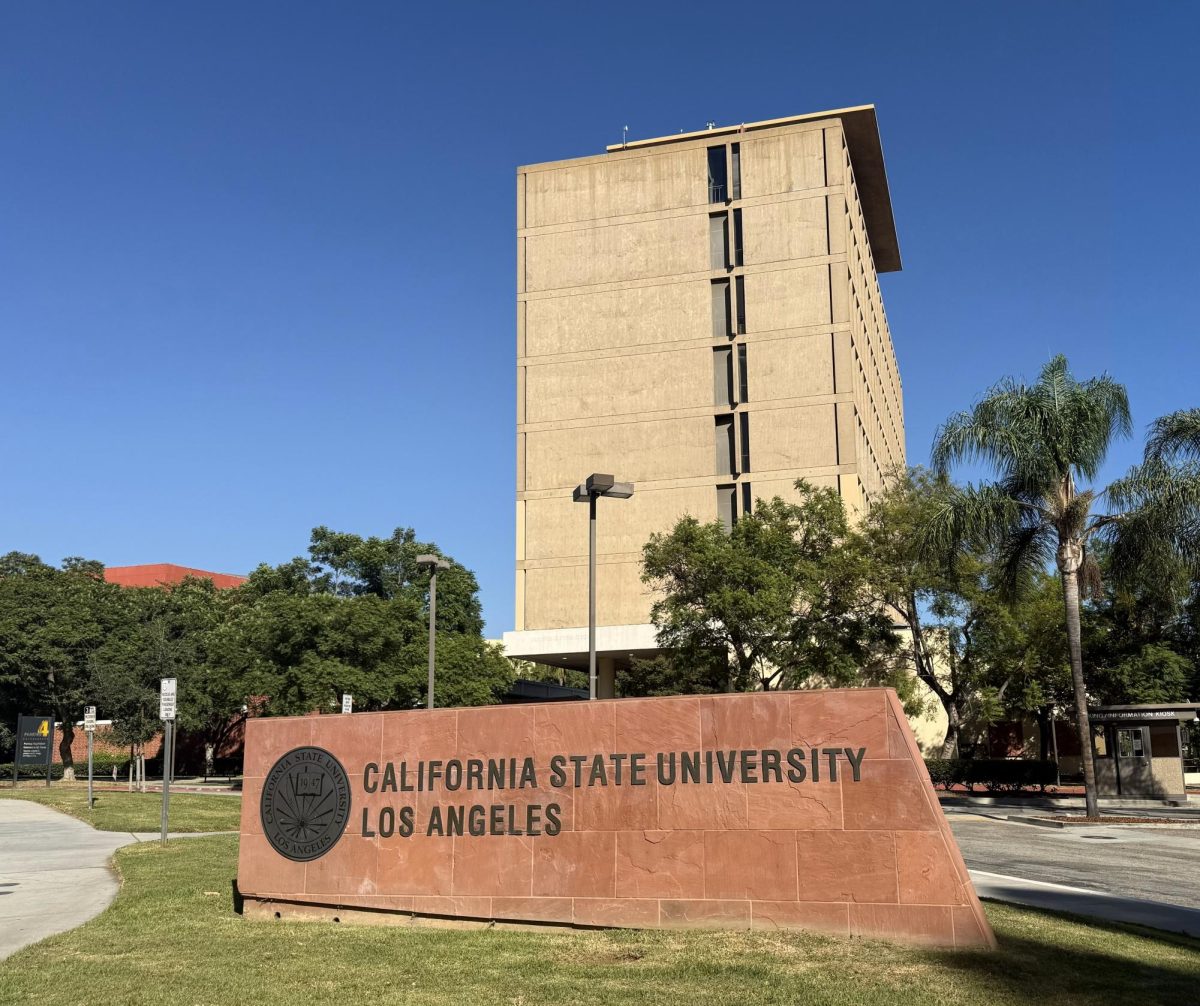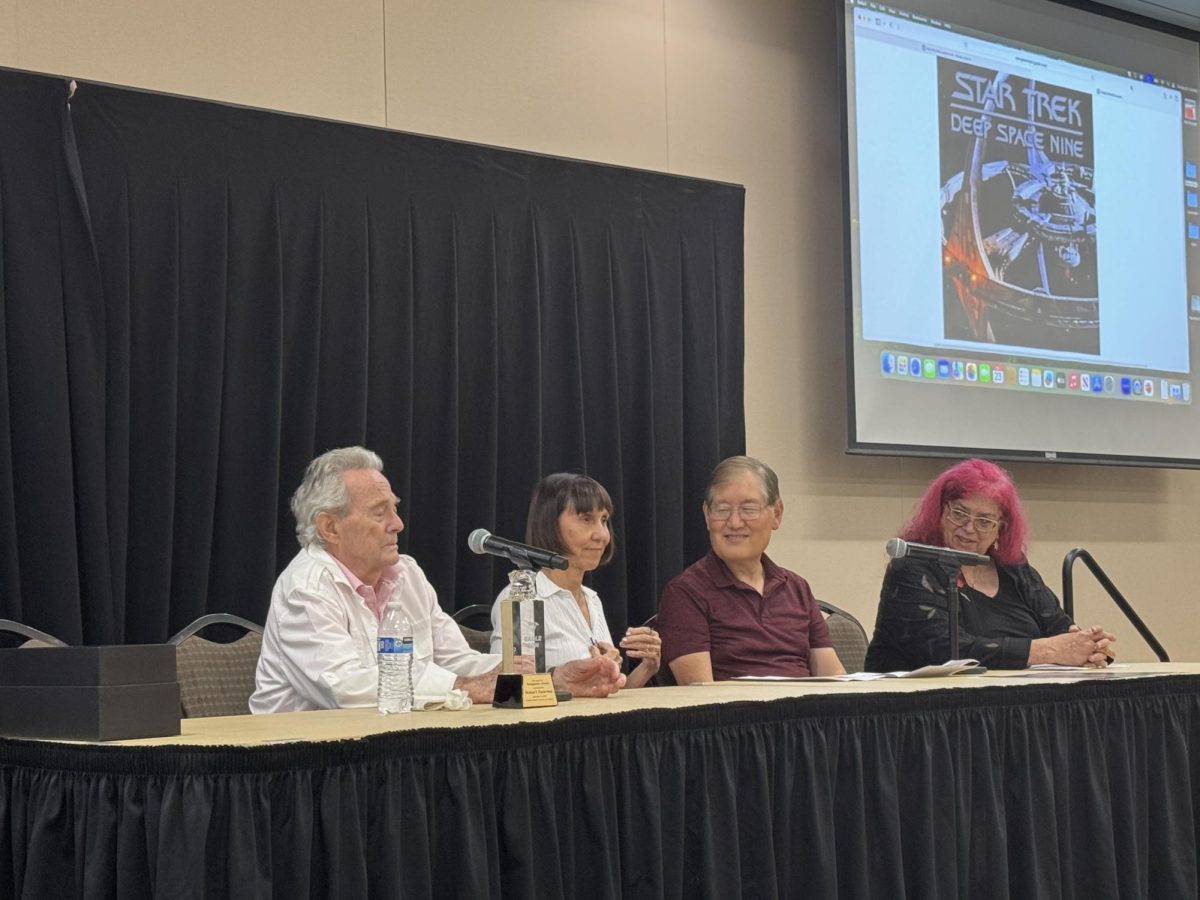Article updated Nov. 9 at 3:05 p.m. See below for details.
Cal State LA faculty and lecturers are feeling the stress of the hiring freeze enacted this semester to combat the $32.4 million deficit the school has found itself in. Many departments are not offering as many classes as usual, and instructors are finding themselves stretched thin, with some teaching classes they normally don’t.
Sociology professor Melanie Stagnaro has been teaching at Cal State LA for over 20 years. She is teaching two courses outside of her department instead of the two classes she normally teaches. She said teaching subjects she has no knowledge of coupled with uncertainty about the future is putting a strain on both her and her family.
“It’s really stressful,” she said. “I have kids still in high school that are dependent on me. I’m the primary breadwinner in my family.”
The Department of Mathematics faces a similar problem. The department coordinator, Jacob Vigil, is managing both math and physics, which Department Chair Daphne Liu said is “effectively covering the roles of three staff members.” She also said due to the freeze, the department cannot hire a second staff member to help.
“Jacob has expressed that he’s feeling overwhelmed by this workload and isn’t sure how long he can sustain it,” said Liu. “I feel very sorry for him, it’s not fair for him to carry such a heavy load.”
On Sept. 23, an email sent by Interim Vice President Claudio Lindow disclosed that an indefinite hiring freeze would be a “challenging but necessary step” that would allow the university to “better realign our resources that prioritize student success and campus operations while also remaining fiscally sound.”
The CSUs are currently facing a total budget deficit of around $400 to $800 million, and Cal State LA attributes its own $32.4 million deficit to employee wage raises, inflation and lower student enrollment.
As a result of the freeze, all hiring processes for temporary, adjunct, part and full-time positions have been put on hold for the foreseeable future. Any possible hires will have to go through manual approval, with few exceptions.
The Department of Music currently has no full-time audio technician, which is a crucial role needed to put on recitals and concerts.
“The position was vacated last May, and we still have not been able to advertise the position or hire anyone,” said Department Chair Christopher Gravis. “There is currently no answer as to when we will be able fill this very necessary staff position.”
Another consequence of this is staff and faculty concerns of questionable job security, with many working with a three-year contract. The faculty at the start of their contracts will have work in their future, but those at the end are facing the grim reality of being left without work when the next semester rolls around.
Stagnaro said that because faculty needs to teach a minimum amount of classes to get health insurance, and some professors don’t meet that requirement, they are opting to instead retire in order to hold onto those benefits.
“We’re at the point in our lives where we’re approaching retirement and this will impact us greatly because we’re not really able to retire yet,” she said. “We are too far into our careers to make any kind of change, so it’s really the worst time to be losing work.”
Stagnaro said that working in academia just would not be sustainable anymore, and there is the lingering possibility that she would be forced to leave the career that she loves.
“I would have to just walk away from academia and like get a job,” Stagnaro said. “I always joke at like, Home Depot or something. I don’t know that I would be able to stay in academia … I would have to walk away from my career.”
This article was first published in the November 6 print edition of the University Times.
Update Nov. 9: The University Times received a response from the Office of Public Affairs on Nov. 7, but failed to update this article in a timely manner. Below is the email statement from Executive Director of Strategic Communications Erik Hollins to the reporter. We regret the error, and will make more effort in being transparent and accurate.
Cal State LA has 14 percent fewer course sections compared to 2021, with a 16 percent reduction in student headcount over the same timeframe. There are two big drivers of enrollment decline, regional trends on college-age adults and – for this year – the federal processing delays on financial aid for our University that primarily serves Pell-eligible students. In response, we are focusing on student-centered course schedule that aligns with available resources. We are also working to reach new students and align our enrollment with funded CSU system targets.
Cal State LA is committed to following the Collective Bargaining Agreement (CBA) with the California Faculty Association in course assignments. The University first assigns courses to tenured/tenure-track faculty followed by lecturers per the order of assignments in the CBA. Three-year full-time faculty have priority when it comes to offering courses followed by three-year part-time lecturers. If there is additional work available, then the work is offered to full-time one-year lecturers followed by part-time lecturers staffing the remaining classes.
As part of Cal State LA’s continued efforts to navigate the current financial challenges facing our University, we implemented a hiring freeze effective immediately. This challenging but necessary step will help us better realign our resources that prioritize student success and campus operations while also remaining fiscally sound. Ongoing hiring processes for positions have been paused immediately, except for those pre-approved by the President in consultation with the Division Vice President/Provost.
I’m attaching a budget-related message recently shared by President Eanes with all faculty and staff. Please feel free to quote that message directly. You can also quote the Financial Transparency website (https://www.calstatela.edu/financial-transparency).
I’m afraid I don’t have any insight to share on individual retirement decisions. Retirement-eligible faculty and staff members are empowered to make the right decision for them and their loved ones.

